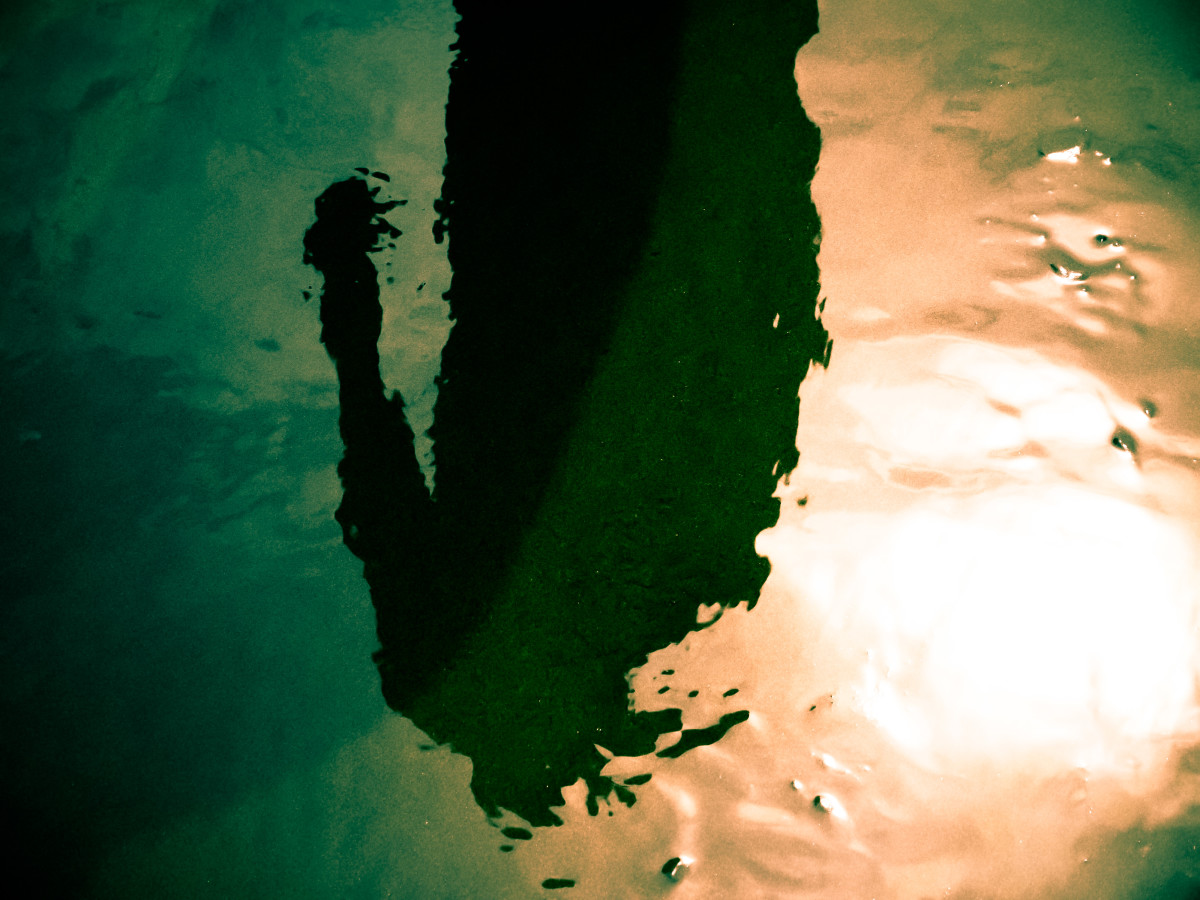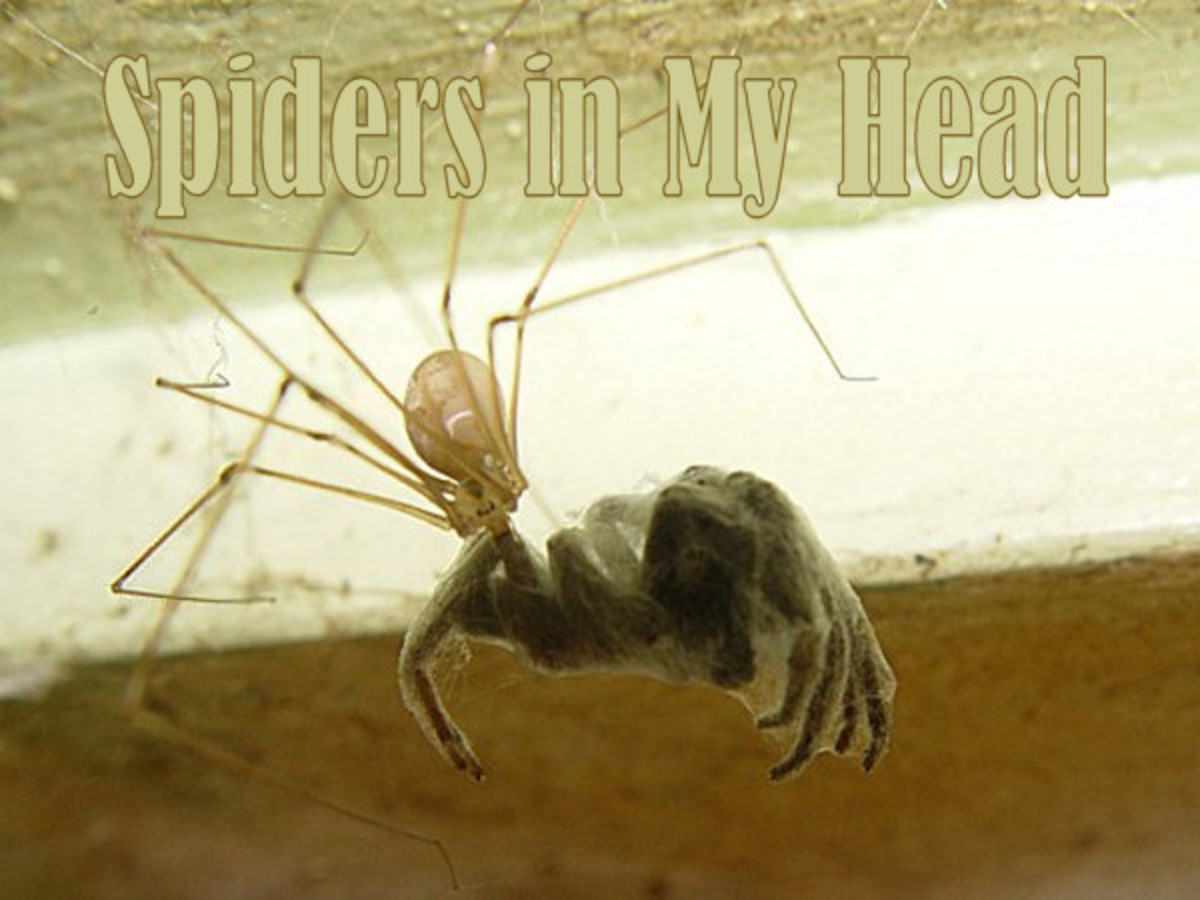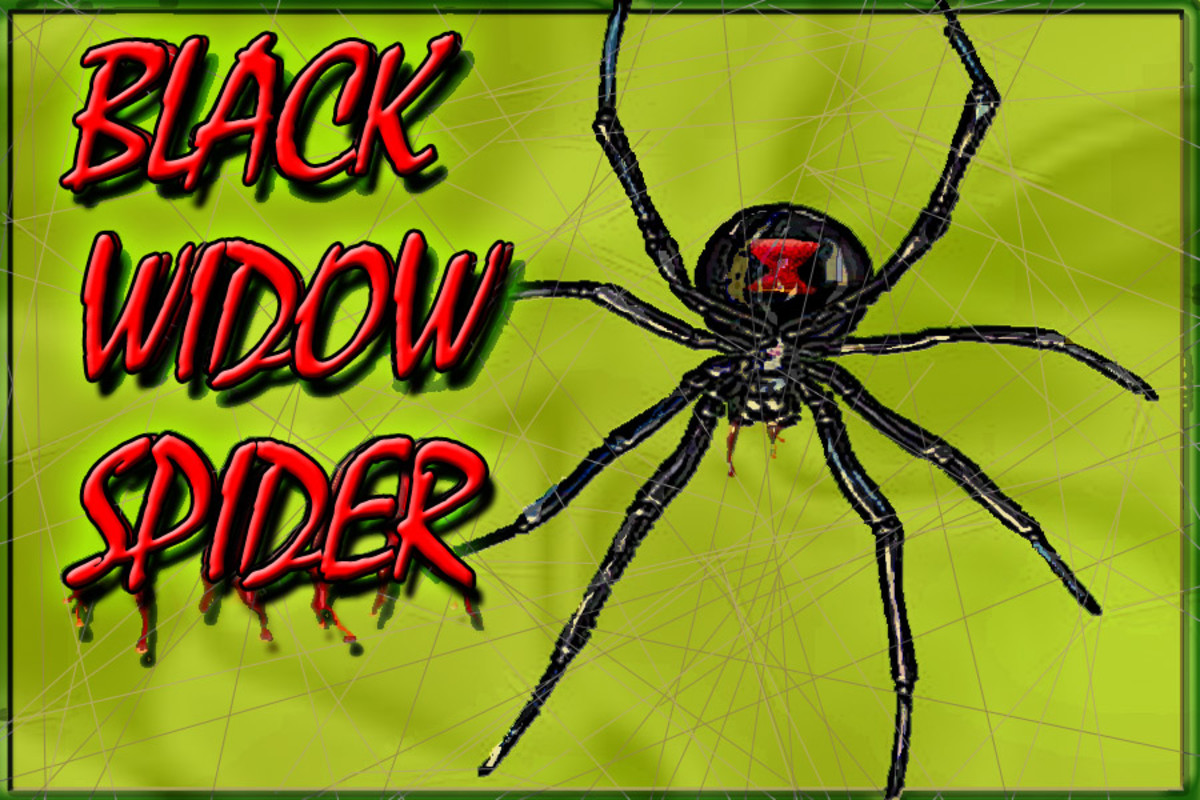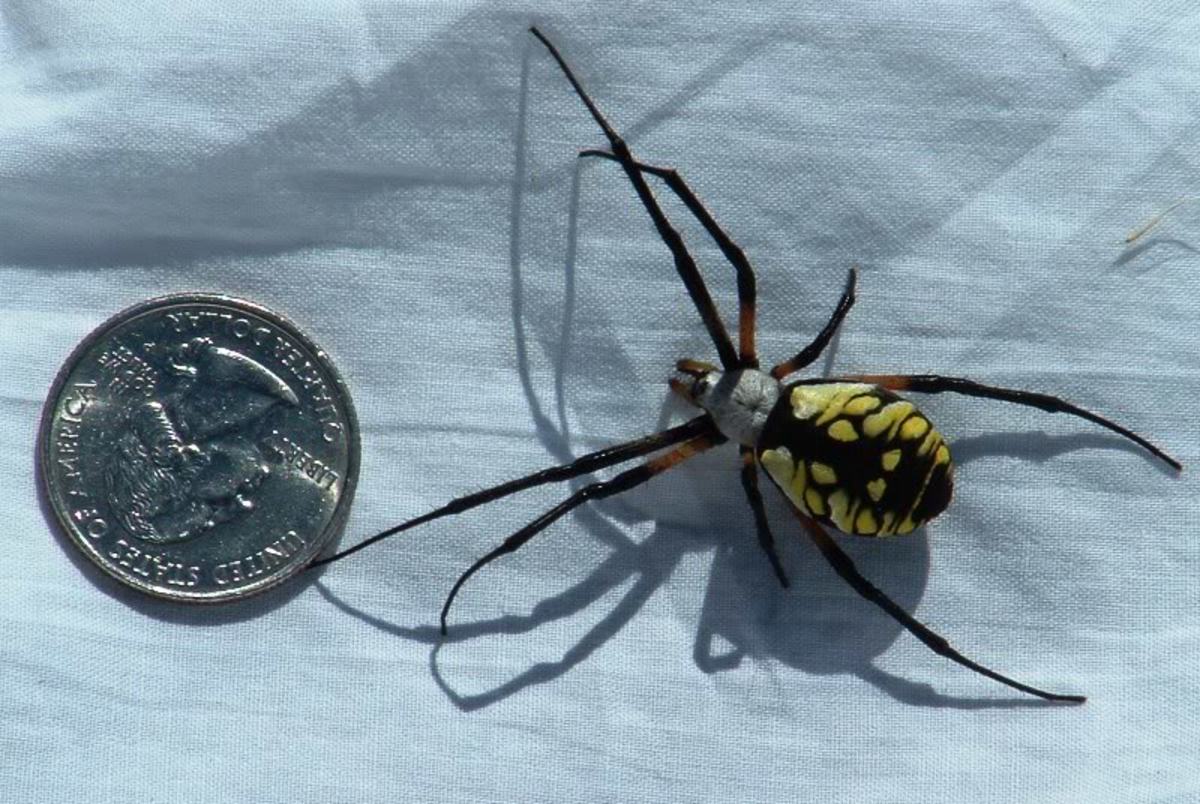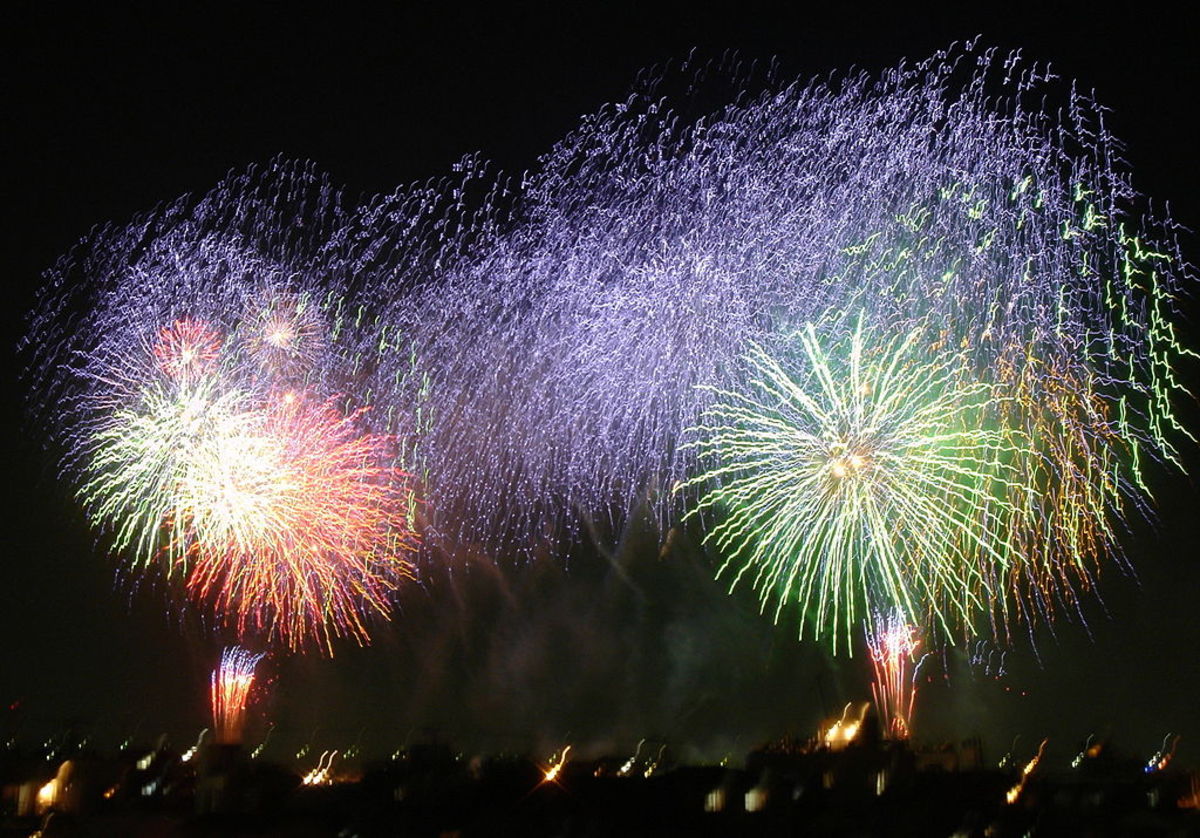Photographs of a Spider's Web
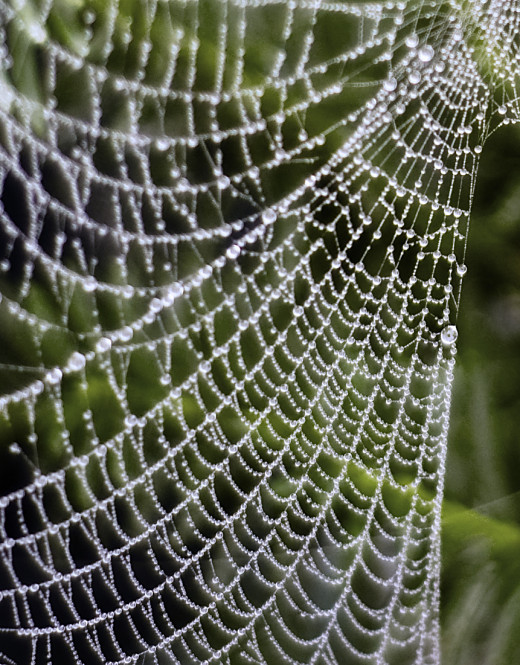
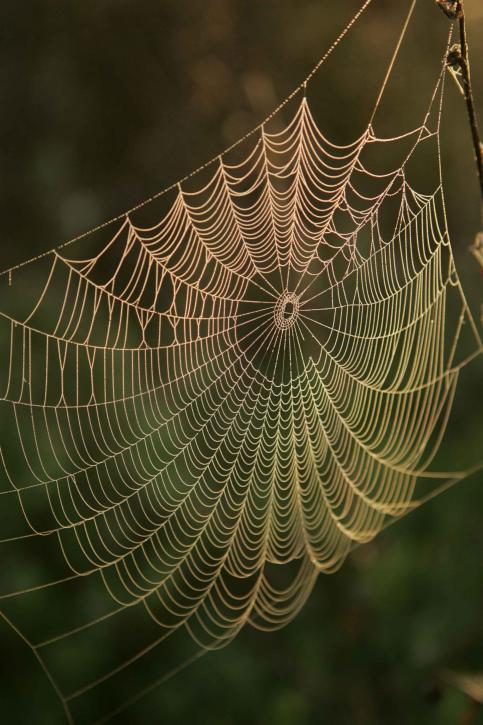
You have more than likely seen quite a few spider's webs in your lifetime and perhaps even taken a photograph of a few and even marveled at how intricate some of them may be and stood in amazement at how much effort these creatures put into making them.
Chances are that unless the conditions were ideally suited for recording these images that you ended up with a good image but one that was probably lacking most details.
There are a few techniques to enhance your spider's web photographic experiences and it does not take much effort on your part other than using some inexpensive materials which you could probably find at home or can easily get at most hardware and office supply stores.
Because a web is made from silk, and very thin, it is translucent, almost invisible and the lens does not have the image capturing range or capacity as that of our eyes. You must enhance the subject to allow for your photographic lens to actually focus on it and properly record it with all its details.
"A spider web, spiderweb, spider's web or cobweb (from the obsolete word coppe, meaning "spider")[1] is a device built by a spider out of proteinaceous spider silk extruded from its spinnerets....Spiders produce silk from their spinneret glands located at the tip of their abdomen. Each gland produces a thread for a special purpose – for example a trailed safety line, sticky silk for trapping prey or fine silk for wrapping it. Spiders use different gland types to produce different silks, and some spiders are capable of producing up to 8 different silks during their lifetime.[7]......Several different types of silk may be used in web construction, including a "sticky" capture silk and "fluffy" capture silk, depending on the type of spider. Webs may be in a vertical plane (most orb webs), a horizontal plane (sheet webs), or at any angle in between." Wikipedia
The best way to show a web with as much detail as possible is to place a black board right behind it if at all possible. Please refrain from actually touching of disturbing the web as this may make the spider abandon it.
Often, you do not need the backboard to be black, using other colors adds beauty to the scene, but better yet if by choosing your position carefully you can frame the web against natural backdrops such as green foliage or other naturally occurring ones.
Next you should lightly spray the web with a fine mist of water using a fine mist water spray bottle usually found at most hardware store or garden shops.
This makes the water "absorb" the milky white coloration of the silk threads as well as magnifying them, thus enabling your camera sensors and lens to properly record the image and show all details.
The water will not affect the web or the spider as both are meant to live in the outdoors. What you should not do is to add any coloration to the water unless you want to use natural food coloring. However this distracts from the natural beauty of the web and may make your images seem too "artificial" and unnatural looking.
You can, if so inclined, "bait" the web to attract the host and record images of it consuming its prey.
Try to catch some small insects that will not be so heavy or strong that they will damage the web. Then just carefully place this bait anywhere on the web being attentive to the angles that offer the best photographic views.
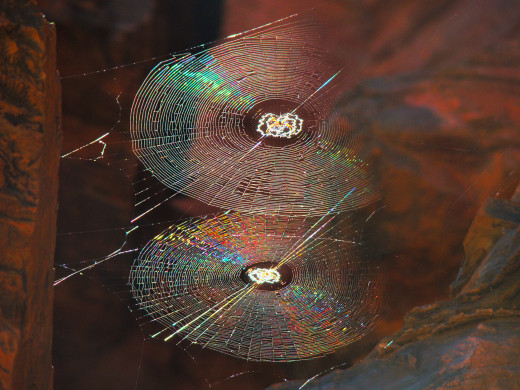
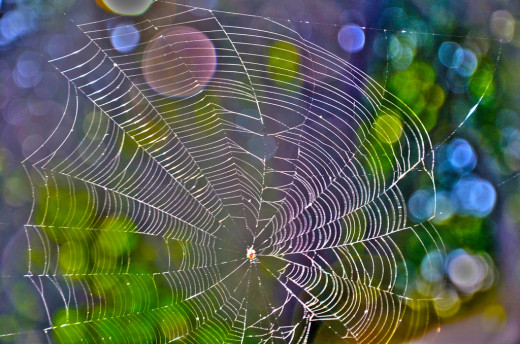
Many of your images can be used by photography publications and photography stock houses. You can also turn them into a calendar for nature lovers.
Some useful technical tips are to use a macro lens that allows you to get in close to your subject, a tripod to ensure that your images will be movement free, an electronic or remote shutter release to keep movement from camera shake to a minimum and perhaps a light ring to illuminate the subject.
If you don't have a macro lens then a zoom lets yo do the same but a disadvantage is that you usually have to step back some distance and depending on the location and terrain this may not be feasible.
Try to record the web from various angles and do not be too concerned with including the entire web. Often the most significant and photogenic images are those that focus on the center of the web and pan out without going all the way to the edge.
Also keep in mind that zoom lenses have a limited range of f stops and will require the use of external light sources in most cases to overcome this limitation.
If you live in a location where it gets cold during parts of the year, look for webs that show the effects of frost as this makes them quite visible and photo ready.
The best times for photographing spider webs and most every other subject is during the early morning hours as the Sun rays are still being diffused or filtered by the atmospheric conditions and the left over moisture.
Do you think that this would be fun?
- How to Photograph a Spider’s Web
One subject that presents photographers with wonderful opportunities but also a lot of challenges is the spider’s web. There’s something about their delicate nature (while also being incredibly strong for their size), flexibility and beauty that draw
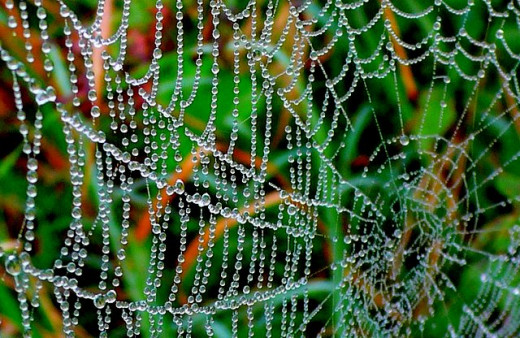
© 2012 Luis E Gonzalez


